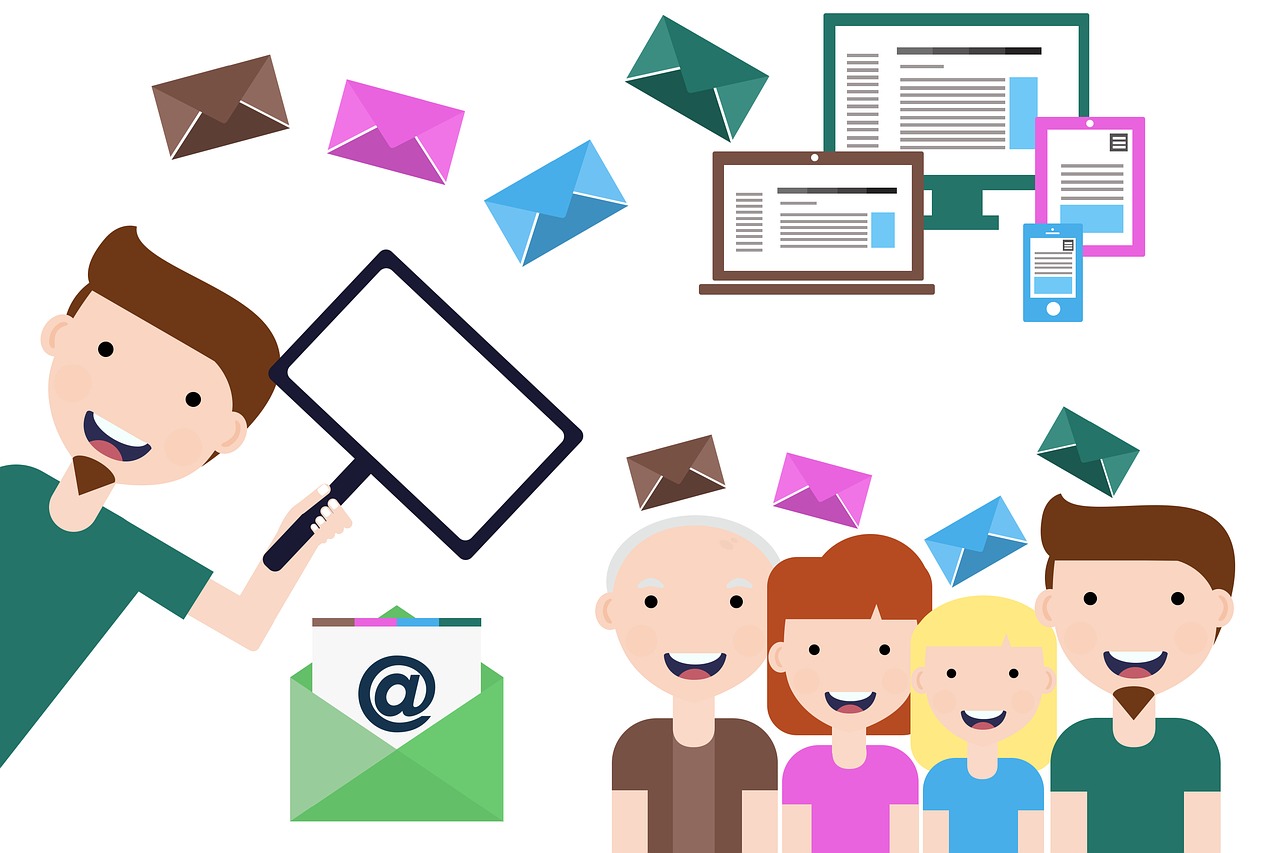
Email marketing continues to be a focal strategy for most businesses. But given the amount of effort, it begs the question: Why continue using this strategy? The fact is, email is one of the biggest lead generating sources, and email marketing does work in making an impact in sales and conversion. Likewise, until recently, there’s no other funnel quite like email that businesses can adopt to begin to shift away from it.
But the course is clear, email is going to succumb, sooner or later, to a better mode. It might seem hard to picture a professional world without it, and particularly a sales funnel without it. Then again, the majority of Americans are trending away from landlines in 2018–and that shift has occurred in the last few years.
Of course, doing away with email marketing altogether would be like walking a tight rope with no support. You’d be handicapping your strategy to do that altogether if it’s your main tool.
But the messaging space, complete with automation, is on everyone’s horizon. To be sure, it is imperative to begin to align with this communication shift and to grasp this changing landscape now, so your business can more easily make that pivot.
Be aware of how email marketing is currently shaping up now, in the near future, and why your business should begin to re-orient to new messaging standards.
The Email Marketing Landscape in 2018: A Snapshot

Together with social media strategy, email marketing has been a cornerstone marketing component for businesses.
That won’t likely shift this year. Relevant statistics point to that fact. Hubspot’s 2018 report, The Ultimate List of Marketing Statistics for 2018 support that fact:
- As of 2015, segmented and targeted emails represent 58% of all revenue.
- 86% of workers prefer email correspondence for business.
- 86% of customers want to receive a promotional email, at least once a month, from companies they do business with.
Likewise, in 2018, SmartInsights shows that almost 100% of you (95%) view email marketing as “very important”. For these reasons, particularly because email marketing yields such a large chunk of revenue, most businesses will continue to target the right mix of marketing strategies for the time being.
But the point often overlooked in this data is that very often, businesses expend an inordinate amount of energy and resource for a modest result. The data shows:
- 42% of marketers don’t send targeted emails, and only 4% practice a layered targeting strategy.
- Comparatively, email open rates increased, from 11.4% to 17.6% with personalized messages.
- 83% of marketers do use at least a basic segmenting strategy.
Upon first analysis, this data might not look like it points to any significant problems with email marketing and effort. To be sure, combined with business feedback that the ROI is “excellent” and “good” for email marketing, it certainly doesn’t look like a concerning obstacle.
However, it’s also telling that resources to do so are problematic; the majority of businesses here know they need to create a strong, segmented and personalized email marketing strategy to garner success. But data shows that less than half are able to do that. Again, in the last two years, only half, or 47%, “sometimes” A/B test subject lines for better optimization.
On the other hand, 51% of marketers relay that enriching the quality of contacts is their biggest obstacle to attaining email marketing success.
Likewise, the DMA (Data and Marketing Association) Insight: Marketing Email Tracking Study from 2017 reports, “Unfortunately, while marketers are doing the right things in getting consumers to sign up, once they have signed up then they don’t take quite so much care.”
So you’re seeing what you already know and what you likely grapple with on a daily basis: email pays when you nurture it, but it takes resources you don’t always have. Otherwise, you’d be doing so!
Discrepancies in Email ROI vs Email Marketing Execution
Most of the time, any glaring discrepancy like this doesn’t point to a problem with your marketing know-how (though, for small business without a marketing team, that may be the case). Instead, often times it’s because this input to output disparity simply represents a market demand for a better solution.
By and large, email marketing in 2018 has become a standardized practice only because there hasn’t been a more compelling, universal alternative.
So, you continue to work with the strategy you know that works, i.e. 54% of businesses continue to focus on engagement rates for email marketing, which, as you’re aware, involves timing, personalization, rich media, quality contact lists, open rates, emails sent, compelling subject lines, and offers.
No matter how much of a workhorse mentality you have, to execute email marketing successfully requires time and focus, and at no point can this be a passive channel.
Where Email is Heading: Conversational UI Marketing

Until recently, there was no comparable stand out. But the new messaging space is a front-running solution to email marketing. Chatbots are the entry point into the new App 2.0, the interconnected messaging space where lead-building and engagement are easier to oversee and personalize than email marketing.
- 90% of brands seek to better personalize their messaging.
- Almost 100% of consumers use a messaging channel, whether a social or text messaging app.
- In the nativeMsg post, 4 Questions to Ask about Business Messaging, brands with a strong omnichannel presence retain 89% of their customers.
- Messaging applications are on the rise. These are the most downloaded apps presently.
Frankly, no one needs statistics to acknowledge that text messages are opened, almost 100 percent of the time, and consumers open these messages right away. The next generation of marketing is shifting to this automated arena.
Conversational UI marketing is a new kind of marketing alternative to your current email channel. You can combine this within your email, linking a chatbot or voicebot enabled experience into your message, to start. In a nativeMsg post, Leading Clients from Chatbots to the Big Picture, it’s helpful to see where automated, intelligent, or “smart” marketing is headed:
“We felt it was important to remain focused on the big picture and to impart that to our customers. Our lesson in developing this company has been to remain true to our knowledgeable experience in messaging, and that the real revolution has been happening here and will continue to do so. We’re not as focused on chatbots (as the sole message) as we are on the way forward in messaging.”
- Don’t replace email marketing, at first. Instead, adopt automated messaging into your strategy. Begin with a hybrid approach for customer service responsiveness, and include loyalty program strategies and opportunities for conversational commerce within the automated chatbot experience.
- Get on board with RCS business messaging. RCS is the new texting standard that allows Android customers to receive and interact in rich messaging spaces and for your business to much more easily create and send branded, personalized messages (these messages will also extend to iOS in the form of SMS). To read more on how to get started with this, you can check out the nativeMsg piece on RCS Messaging, here.
- Keep the focus on omnichannel reach and presence in your marketing strategy. Email marketing can tend to become its own silo. Adopting conversational AI into the mix simplifies every marketing aspect, from analytics, to branding, personalization, engagement and management from one point.
Check out how the nativeMsg platform can drive higher engagement.
Free Trial
Get Started With RCS
Business Messaging!
Unlock the power of RCS and revolutionize your customer engagement.


